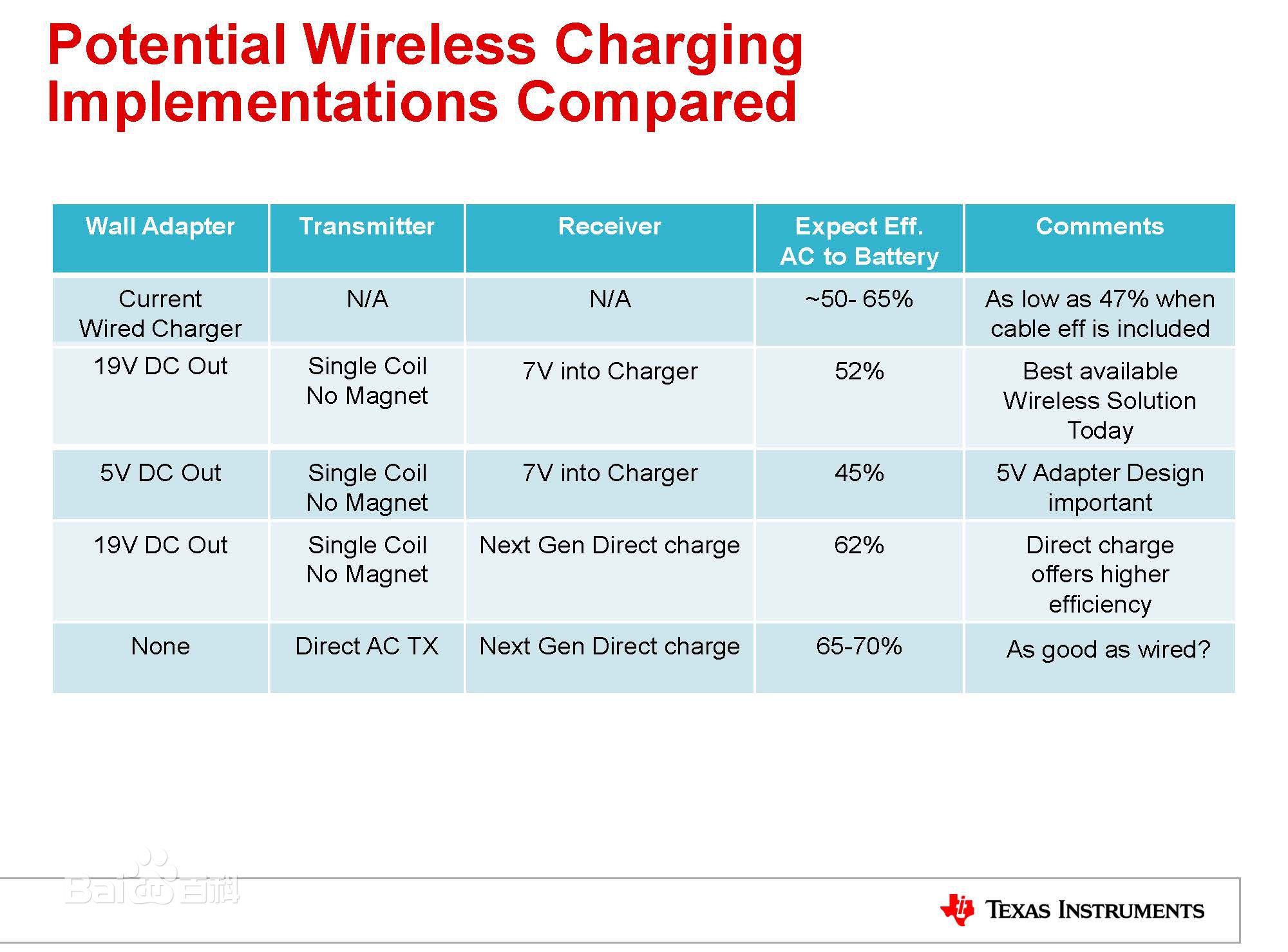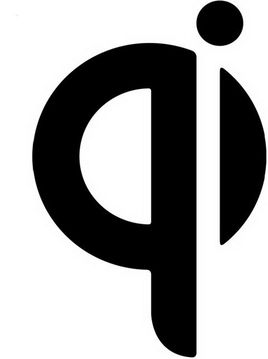QI Technology
Qi is the world's first standardization organization to promote wireless charging technology - "wireless charging" standard launched by Wireless Power Consortium (hereinafter referred to as "the alliance"), which has two characteristics of convenience and versatility. First of all, different brands of products, as long as there is a Qi logo, can be charged with Qi wireless charger. Secondly, it overcomes the technical bottleneck of "universality" of wireless charging. In the near future, mobile phones, cameras, computers and other products can be charged with Qi wireless charger, which provides the possibility for large-scale application of wireless charging. [1] the icon "Qi" is the Pinyin (QI) of "Qi" in Chinese, which means "Representing" Qi "in Asian Philosophy - an invisible energy.
Release
On the morning of August 31, 2010, the Wireless Power Consortium (WPC) released the international standard of Qi wireless charging in Diaoyutai State Guesthouse in Beijing, introducing the standard into China.
Technology
Basic principles

Qi transmission is based on the principle of electromagnetic induction. The basic principle of inductive coupling electric energy transmission system is shown in the figure on the right. The system consists of transmitter coil L1 and receiver coil L2, which together form an electromagnetic coupling sensor. The alternating current carried by the transmitter coil generates a magnetic field and induces a voltage to the receiver coil.This voltage can be used to power mobile devices or to charge batteries.
The efficiency of power transmission depends on the coupling (k) between sensors and their quality (q). (see preferred value factor)
The coupling is not only related to the distance between the two sensors (z) and the relative size (D2 / D), but also to the shape of the coil and the angle between them (not shown).
System overview
Qi wireless charging system consists of base station and mobile device. The base station contains one or more transmitters that will provide the energy to be received. A mobile device contains a receiver that provides power to a load, such as a battery, and the receiver will also provide information to the transmitter. There is an energy conversion unit in the transmitter to convert the electric energy into the wireless energy signal, and the energy collection unit in the receiver converts the wireless energy signal into the electric energy. The receiver will deliver the electric energy to the load as required, and the transmitter will adapt the energy transmission according to the needs of the receiver.
Power consumption
Charging efficiency is an important factor affecting power consumption. Qi's wireless charger has the same components as the wired charger (AC to DC power adapter with charging Electronics), but the wireless connection replaces the copper wire between the power adapter and the mobile phone. The efficiency of wireless connection is far less than that of copper wire, but after careful design, wireless connection can achieve at least 70% transmission efficiency.
The following is the estimate on the official website of Qi:
We estimate that in general, if you replace two wired chargers with one wireless charger, the efficiency of the wireless charger is equivalent to that of the wired charger. Details of the calculation are as follows.
The cable charger consumes power
First, calculate the power consumption of a traditional phone charger.Such chargers are known as "external power adapters."Energy star provides a wealth of data.Visit the website to find Energy Star standard ac to dc power adapters in general:
Full load efficiency: the average efficiency of a 5-watt power adapter is 72%
Power consumption when not on load: a 5-watt power adapter consumes an average of 0.12 watts, while some particularly good power adapters use only 0.01 watts.
Suppose you use the power adapter for 1 hour per day, and keep the power adapter plugged in the rest of the time.After charging, the adapter and base are not usually unplugged from the power supply.While this is not desirable, it is common.
The total power consumption is as follows:
Charging: 1 hour * 2w /72% = 2.8w/h (assuming a 5w charger supplies an average of 2w in a full charge)
Standby (no load) : 23 hours *0.12 watt = 2.8 watt hours
Therefore, standby power consumption accounts for a high proportion of the total power consumption of mobile phone charger.
Power consumption of wireless chargers
Our wireless charger also includes an ac to dc power adapter.Assuming the same 72% efficiency and the same 0.12w standby power consumption.[note: standby power consumption of wireless charger is much lower than 0.12 watts, just for convenience of comparison.]Wireless charging connections typically have a transmission efficiency of 70 percent.We assume that the wireless charger replaces the two wired chargers, and the total power consumption is:
Charging: 1 hour * 4w / 72/70% = 7.9w (charging 2 devices at the same time)
Standby (no load) : 23 hours *0.12 watt = 2.8 watt hours
Contrast with wired charger
Total power consumption of two wired chargers: 2 * (2.8 + 2.8) = 11.2 watt-hours
Total power consumption of one wireless charger for both devices: 7.9 + 2.8 = 10.7 watt-hours
As a result, the total power consumption is roughly the same.Although wireless transmission is significantly less efficient than copper transmission, wireless chargers reduce standby power consumption when they replace multiple external power adapters.
Efficiency
Many netizens mistakenly believe that 70% is the energy conversion efficiency of Qi standard from household electricity to equipment.In fact, 70% is the energy transfer efficiency between transmitter and receiver, not including the conversion efficiency of ac-dc adapter.In fact, the overall efficiency of 5V DC output from household electricity to battery is up to 45%, while the traditional direct connection is 50%~65%.
Qi charging mode comparison

Apply
Qi can be widely used in mobile phones, MP3 players, cameras and other handheld low-power devices.A number of electronic products have adopted Qi wireless charging technology, on behalf of the Nokia Lumia 920, Nokia Lumia 820 (to achieve Lumia 820 wireless charging, add Lumia 820 wireless).Many companies have also become members of the Qi standard, representing haier, philips and nokia.
Expectation
Qi is currently designed to provide wireless power supply for electronic products under 5W.In the vision plan, the WPC plans to implant Qi charging stations in homes, cars, trains and other public places, so that consumers can enjoy the unlimited convenience brought by wireless charging anytime, anywhere, conveniently and quickly.
(ps:The data from baidu encyclopedia)



